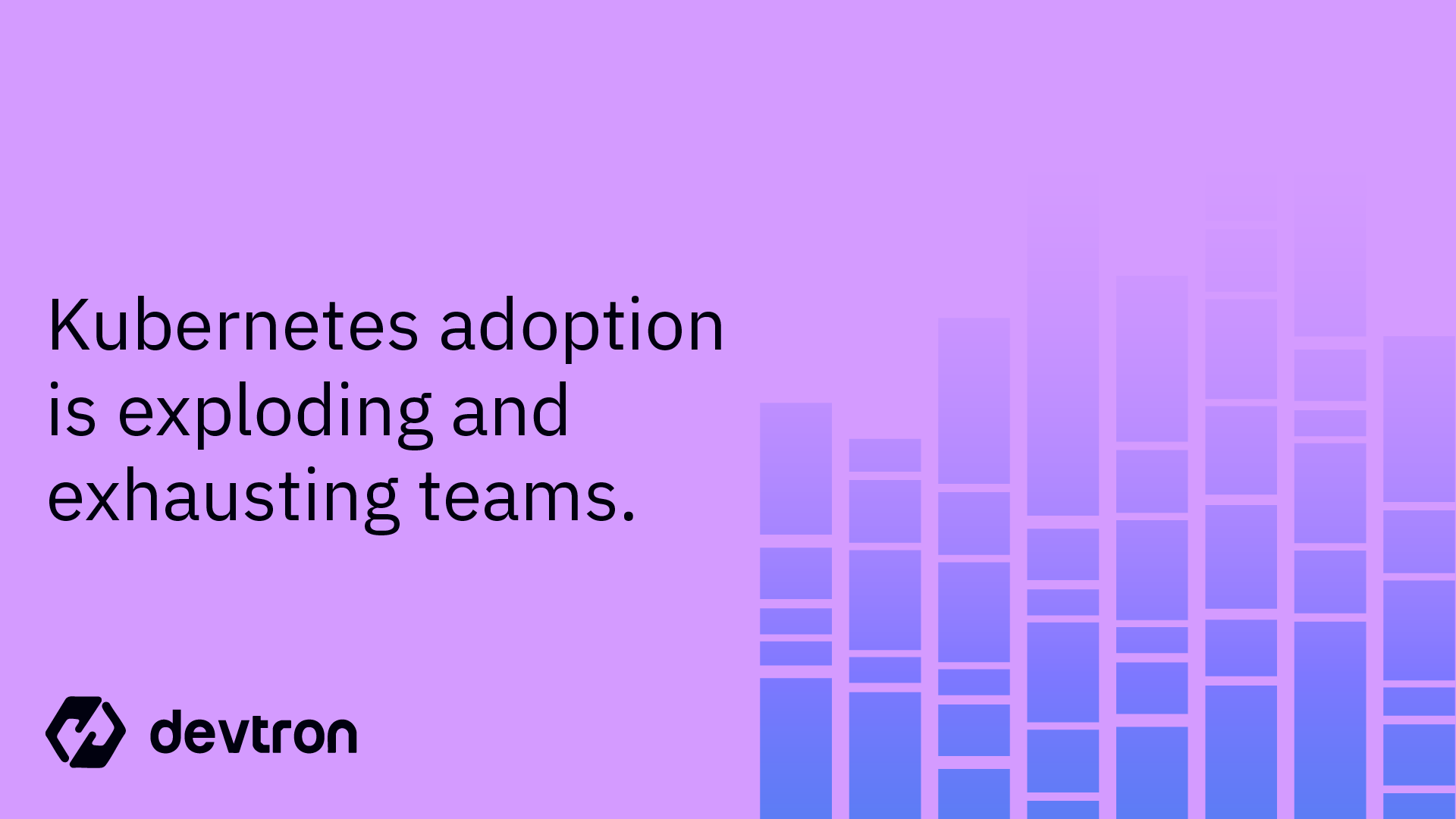1. IDPs empower developers by providing a self-service interface for provisioning, deploying, and managing applications—freeing them from infrastructure bottlenecks.
2. Developer productivity improves significantly through faster deployment cycles, reduced cognitive load, and improved collaboration between developers, DevOps, and SREs.
3. Unlike PaaS or rigid DevOps tools, IDPs are composable and customizable, integrating seamlessly with tools like ArgoCD, Terraform, Prometheus, and more.
4. Core components of a modern IDP include a developer control plane, infrastructure automation, built-in observability, and robust security controls.
5. Successful implementation of an IDP starts small (with a POC), prioritizes modular rollout, and evolves with future needs like AI integration and emerging DevEx tools.
In an era where time-to-market is everything, developer productivity is no longer just a nice-to-have—it’s a business imperative. Enter Internal Developer Platforms (IDPs): a transformative solution for modern engineering teams looking to maximize output while minimizing friction.
This blog explores how IDPs reshape developer experience and streamline software delivery, acting as powerful engineering efficiency tools that bridge gaps between infrastructure, security, and application development.
What is an Internal Developer Platform (IDP)?
Definition & Core Objectives
An Internal Developer Platform (IDP) is a self-service layer built on top of your infrastructure and DevOps toolchain that abstracts complexity for developers. It enables them to deploy, monitor, and manage applications without depending on platform engineers for every task.
IDPs are designed with two key objectives:
- Improve developer autonomy
- Accelerate software delivery without sacrificing governance or security
How IDPs Differ from Traditional Development Environments
Traditional environments often rely on ticket-based provisioning and fragmented tooling. In contrast, IDPs provide unified access to CI/CD, infrastructure provisioning, observability, and security policies through a cohesive developer control plane.
Why IDPs Are a Game-Changer for Engineering Efficiency
IDPs offer several key benefits for enhancing the developer workflows. Let's explore some of the benefits:
Key Benefits of Using an IDP
The key benefits of integrating an IDP into developer workflows include:
Faster Development Cycles
IDPs eliminate bottlenecks in environments, deployment, and configuration management. Developers can self-serve environments, deploy code, and troubleshoot independently, dramatically reducing lead time.
Reduced Cognitive Load for Developers
By abstracting low-level infrastructure complexity, IDPs let developers focus on writing code and solving business problems rather than YAML files, Terraform, or permissions.
Improved Cross-Team Collaboration
Platform teams, SREs, and developers work in harmony. With clear ownership, built-in guardrails, and unified interfaces, cross-functional collaboration improves significantly.
IDPs vs. Other Solutions (PaaS, DevOps Tools)
Unlike PaaS or rigid DevOps automation tools, IDPs are composable and customizable. They can integrate your choice of tools—ArgoCD, Jenkins, Helm, Terraform—and expose them in a unified interface without lock-in.
Core Components of an Effective IDP
Let's take a look at some of the core components of an IDP.
Developer Control Plane (Self-Service Interface)
The control plane is the front-facing portal where developers interact with the platform. It includes workflows for provisioning, deploying, accessing logs, or spinning up preview environments.
Infrastructure Automation & Provisioning
Integrate tools like Terraform, Crossplane, or Kubernetes Operators to provide infrastructure as code behind the scenes while developers request resources with a simple UI.
Built-in Observability & Logging
An effective IDP integrates tools like Prometheus, Grafana, Loki, or Datadog to help developers view metrics and logs in context, reducing MTTR.
Security & Access Control
IDPs enforce RBAC, secrets management, and policy-as-code (OPA/Kyverno) by default, giving platform teams peace of mind without restricting developers.
How to Implement an IDP for Maximum Productivity
Let’s take a look at some of the best practices to follow to efficiently implement an IDP within organizations:
Best Practices for a Successful Rollout
- Start with a POC: Validate key use cases with a limited team
- Collaborate cross-functionally: Involve DevOps, security, and devs early
- Align with DevOps & Platform Engineering principles
- Enable modular adoption: Start small, scale incrementally
- Ensure flexibility & scalability: Avoid tool lock-in and vendor rigidity
Common Challenges & How to Overcome Them
- Resistance to change: Overcome it by showcasing faster deployment metrics
- Tool integration complexity: Use open standards and APIs for better interoperability
- Platform reliability: Apply SRE practices to the IDP itself
Measuring the Impact of IDPs on Developer Productivity
In order to assess the success of IDPs and gather key data points for improvement, there needs to be a robust method to track the performance and benefits received from the IDP.
Key Performance Metrics
- Deployment Frequency: Are you shipping faster?
- Lead Time for Changes: How long from code commit to production?
- Mean Time to Recovery (MTTR): Can your team resolve issues quickly?
- Change Failure Rate: Are releases getting safer over time?
- Developer Satisfaction Score (DSAT): Internal NPS or surveys
Future-Proofing Your IDP Strategy
To ensure that your IDP is ready for future use cases as well, it is important to implement strategies to ensure that the platform is ready for evolving use cases.
Adapting to Emerging Engineering Efficiency Tools
Keep evolving your IDP by integrating with tools like Backstage, OpenFeature, or GitHub Copilot. Monitor your tech stack and experiment with developer experience innovations.
The Role of AI & Automation in Next-Gen IDPs
AI copilots, generative documentation, anomaly detection, and AI-powered debugging will become native to IDPs. Start embedding AI modules to stay ahead.
Conclusion & Next Steps
Key Takeaways
- IDPs are not just toolchains—they're cultural shifts that enable true developer self-service
- Engineering efficiency tools like IDPs improve not only velocity but also team morale
- Success lies in aligning IDPs with your team’s way of working, not the other way around
How to Get Started with Your IDP Journey
- Map developer workflows and bottlenecks
- Start with CI/CD integration and environment automation
- Choose an extensible platform like Devtron to accelerate your rollout
Try Devtron for Free
FAQs: Developer Productivity & IDPs
How is an IDP different from DevOps automation?
DevOps focuses on culture and tooling, while IDPs productize DevOps workflows into self-service platforms.
Are IDPs only for large engineering teams?
Not necessarily. Even mid-sized teams benefit from IDPs by reducing friction and improving release safety.
How long does it take to set up an IDP?
With tools like Devtron, a basic version can be up in a few hours. A production-grade rollout may take a few weeks.
What’s the ROI of using an IDP?
Teams using IDPs often report 40–70% faster deployment cycles and reduced context switching for developers.







